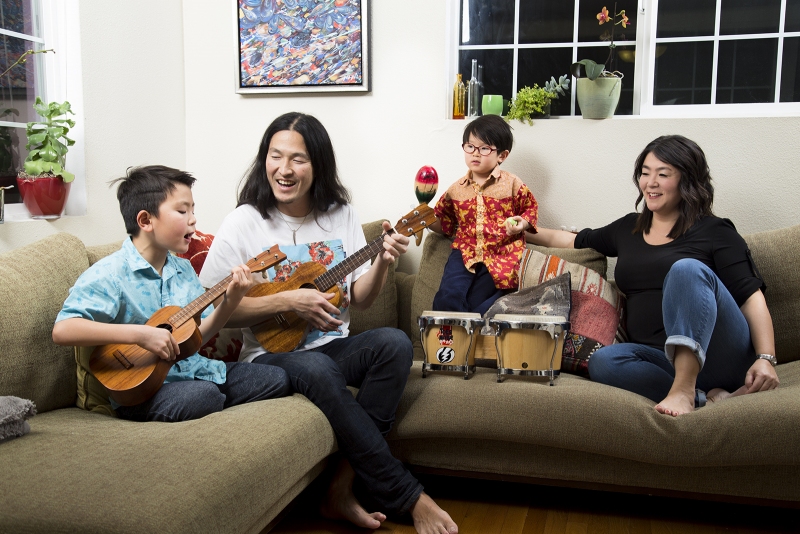
Comic artist and educator Taylor Dow has been running youth arts programs for 13–18 year-olds over Zoom since the pandemic ended in-person after-school programs in the spring. During a recent Creative Virtual Teaching Solutions workshop at foundry10, Taylor shared good, bad, and beautifully awkward stories from teaching in the virtual classroom.
“We all have to see ourselves on Zoom. Imagine being a teenager and having a mirror in front of you while you talk. It’s brutal,” said Taylor.
Several foundry10 educators agreed with this sentiment over Zoom chat. Taylor paused the lecture to read the Zoom chat comments aloud and laughed, prompting more foundry10 team members to share idiosyncrasies of online teaching in the chat box:
“I’m always checking to make sure there’s no glare from my glasses,” wrote foundry10 Digital Audio educator Chelsi Gorzelsky.
“I can’t stop looking at my own mouth,” wrote foundry10 Artistic Design educator, Jon Garaizar.
Encouraging side conversations in the Zoom chat box is a core tenant of the unofficial Taylor Dow teaching philosophy.
“Those in-between spaces; the experience of looking at the back of someone’s head; the experience of wanting to make friends; the experience of being in a hallway; the experience of eating together — it’s all gone,” said Taylor. “Finding ways to fill those spaces is very important for students.”
Taylor designed a virtual classroom that lowers the stakes and tries to fill the social void left in the wake of COVID-19 by providing access to playful, engaging virtual learning experiences.
“It’s not so much about what they’re making, not even so much about what they’re learning, but more a question of — can this place be a respite?” said Taylor. “We’re all so worried about what’s coming next, what came before. Try to give your students some relief from that.”


